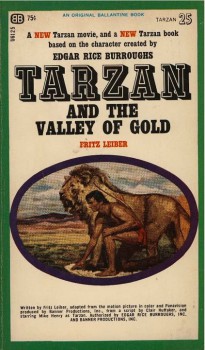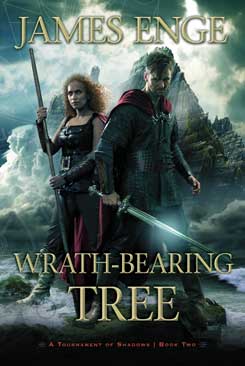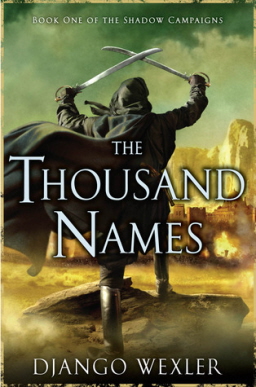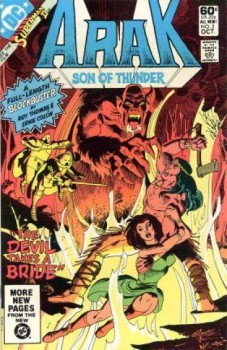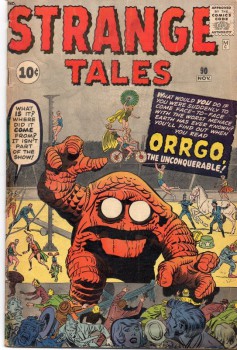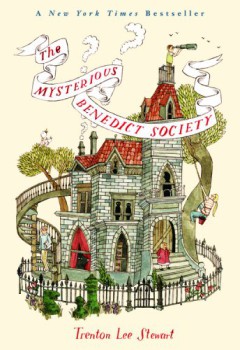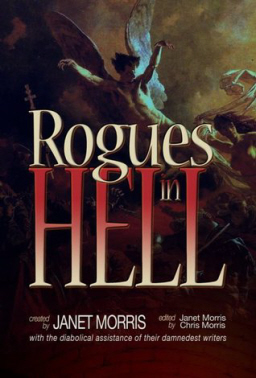Magic Realm Lives Again
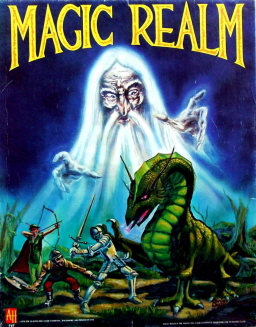 Magic Realm, designed by Richard Hamblen and released by Avalon Hill in 1979, is adventure fantasy role-playing wrapped up in a board game. No surprise, given the time. It has a complexity rating of 9 on Avalon Hill’s 10-point scale, is loaded with chits, and has a rule book approaching 100 pages of two-column small print.
Magic Realm, designed by Richard Hamblen and released by Avalon Hill in 1979, is adventure fantasy role-playing wrapped up in a board game. No surprise, given the time. It has a complexity rating of 9 on Avalon Hill’s 10-point scale, is loaded with chits, and has a rule book approaching 100 pages of two-column small print.
In modern parlance, Magic Realm has crunch. And all that crunchy goodness is now available for free on your computer.
Before we examine the computer version, let’s have a look at the basics of play. There are sixteen characters for players to choose from in Magic Realm. Most of the usual tropes are covered: White Knight, Black Knight, Amazon, Wizard, Elf, Dwarf, etc.
Players choose their own victory conditions, setting goals of Gold, Fame, Notoriety, Usable Spells, and Great Treasures. They travel roads, caves, hidden paths and secret passages that stretch across the twenty tiles making up the board, and you’re not likely to see the same board configuration twice.
The exploration element is handled well. Goblins and dragons both show up on a tiles with caves, but until you get to a tile and hear a howl or roar, see the ruins or smell the smoke, you don’t know if goblins, dragons, neither, or both live there.
And knowing is critical. The White Knight can probably take a dragon, but a group of goblins will overwhelm him. The Amazon, on the other hand, can’t scratch a dragon with her starting equipment, but she can usually work her way through a half-dozen of the weakest goblins. (The Elf doesn’t care either way, as he can run away from both.)

